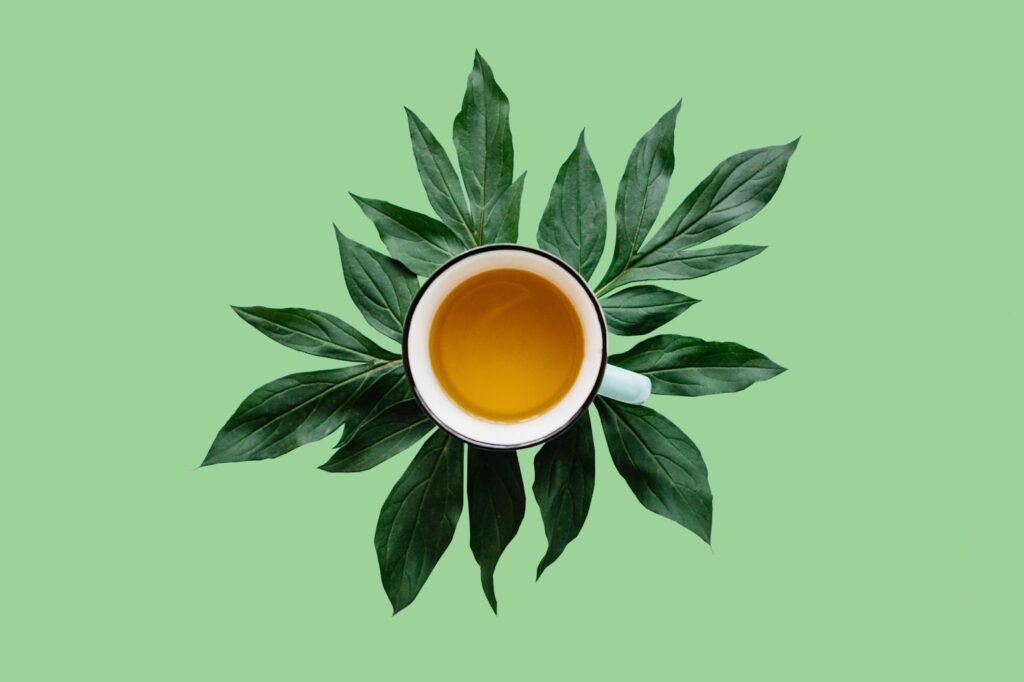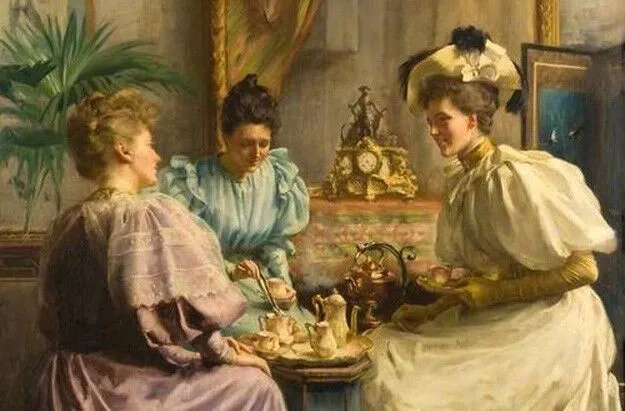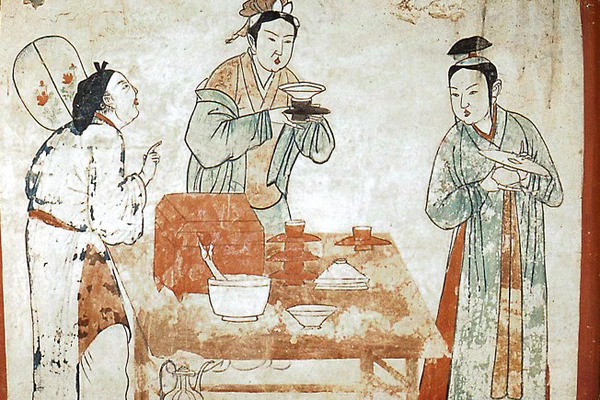
The History of Tea Drinking
Tea has a rich and storied history that dates back thousands of years. The origins of tea can be traced to ancient China, where it was first cultivated and consumed as a medicinal beverage. According to legend, the Chinese emperor Shennong accidentally discovered tea in 2737 BCE when some leaves from a wild tea tree fell into his boiling water. Intrigued by the fragrant aroma and refreshing taste, the emperor became an avid tea drinker, and the practice soon spread throughout the Chinese empire. This ancient tradition continues today, with modern enthusiasts enhancing their tea rituals with elegant teaware from Tea Set Box, while finding their tea inspirations on platforms like teabeyond.io.
Over the centuries, tea drinking evolved and became an integral part of Chinese culture. The Tang Dynasty (618-907 CE) is considered the golden age of tea, during which time the production and consumption of tea reached new heights. During this period, the first tea processing techniques were developed, and the first tea houses and tea ceremonies emerged. The Song Dynasty (960-1279 CE) further solidified tea’s status as a cultural icon, with the introduction of new tea preparation methods and the establishment of formal tea rituals.


As trade and cultural exchange increased, tea gradually made its way to other parts of the world. In the 16th century, tea was introduced to Japan, where it was embraced and transformed into a highly ritualized practice known as the Japanese tea ceremony.
Meanwhile, in Europe, tea gained popularity among the aristocracy, and tea houses became hubs of social and intellectual discourse.
Different Types of Tea and Their Origins
Tea is a remarkably diverse beverage, with a wide range of varieties and flavors that can be attributed to the different tea plant species, growing regions, and processing methods. The four main types of tea are:
- Black Tea: Produced from the fully oxidized leaves of the Camellia sinensis plant, black tea is known for its bold, robust flavor and deep color. It originated in China and is now widely cultivated in regions like India, Sri Lanka, and Kenya.
- Green Tea: Made from unoxidized, steamed, and rolled tea leaves, green tea is prized for its delicate, vegetal flavor and vibrant color. It has its origins in China and Japan, where it has been consumed for centuries.
- Oolong Tea: A partially oxidized tea that falls somewhere between green and black tea, oolong is characterized by its complex, floral aroma and nuanced flavors. It is primarily produced in the Fujian province of China and in Taiwan.
- White Tea: The most minimally processed tea, white tea is made from the young, tender leaves and buds of the Camellia sinensis plant. It is known for its delicate, sweet, and subtle flavor profile, and it originates from the Fujian province of China.
In addition to these four primary types, there are numerous other tea varieties, such as herbal teas, flavored teas, and specialty teas, each with its own unique characteristics and origins.
Tea Rituals and Ceremonies
The preparation and consumption of tea have long been imbued with cultural significance and ritualistic practices. Perhaps the most well-known of these is the Japanese tea ceremony, or chanoyu, which has its roots in Zen Buddhism and emphasizes the importance of mindfulness, harmony, and respect.
The tea ceremony is a highly choreographed and aesthetically-driven event, with each movement and gesture carefully orchestrated to create a serene and contemplative atmosphere. The preparation of the tea itself is a meticulous process, involving the precise measurement of ingredients, the careful heating of water, and the graceful manipulation of specialized tea utensils.
Similarly, the Chinese Gongfu tea ceremony is a revered tradition that emphasizes the art of tea preparation and the appreciation of its subtle flavors and aromas. This ritual, which originated in the Fujian province, involves the use of a small teapot and a series of intricate steps to brew the perfect cup of tea.
In other parts of the world, tea rituals and ceremonies have also evolved to reflect local cultural traditions and values. In the Middle East, for example, the preparation and serving of tea are often accompanied by intricate glassware, fragrant spices, and lively conversation. In India, the ritual of chai-making, with its blend of black tea, milk, sugar, and aromatic spices, is a beloved daily practice.
The Evolution of Tea Drinking in Different Cultures
As tea has spread across the globe, it has been embraced and transformed by different cultures, each leaving its unique mark on the way the beverage is consumed and perceived.
In the United Kingdom, the tradition of afternoon tea emerged as a social ritual among the aristocracy in the 19th century. The custom of gathering for tea, finger sandwiches, and sweet pastries became a symbol of refined elegance and upper-class status. Over time, afternoon tea evolved to include a wide range of regional variations, from the classic Cornish cream tea to the indulgent high tea.
In India, the introduction of tea by the British during the colonial era led to the development of the country’s own distinct tea culture. The creation of the iconic chai tea, with its blend of black tea, milk, sugar, and aromatic spices, became a unifying national beverage that transcended social and economic boundaries.
In the United States, tea drinking has had a more complex and at times tumultuous history.
While tea was initially embraced by the American colonies, the Boston Tea Party of 1773 marked a turning point, with the rejection of British tea leading to a shift towards coffee as the preferred hot beverage. However, in recent decades, tea has experienced a resurgence in popularity, with a growing appreciation for specialty teas, artisanal tea blends, and the health benefits associated with the drink.
Tea Trends and Innovations
In recent years, the world of tea has witnessed a remarkable surge of innovation and creativity, as both producers and consumers seek to push the boundaries of this ancient beverage.
One of the most notable trends in the tea industry is the growing demand for specialty and artisanal teas. Consumers are increasingly seeking out rare, single-origin teas, as well as unique blends and infusions that showcase the diverse flavors and aromas of the tea plant. This has led to the rise of small-scale tea producers and the proliferation of gourmet tea shops and online retailers.
Another significant trend is the focus on the health benefits of tea. As awareness of the antioxidants, vitamins, and other beneficial compounds found in tea has grown, more and more people are turning to tea as a healthy alternative to sugary beverages and coffee. This has fueled the development of a wide range of wellness-oriented tea products, from matcha powder to adaptogenic tea blends.
In addition to these trends, the tea industry has also seen the emergence of new technologies and brewing methods that are transforming the way we experience and consume tea. From high-tech tea makers that precisely control water temperature and steeping time to innovative tea infusion devices that allow for greater control over the brewing process, these advancements are making it easier than ever for tea enthusiasts to craft the perfect cup.
- 1share
- Facebook0
- Pinterest1
- Twitter0



